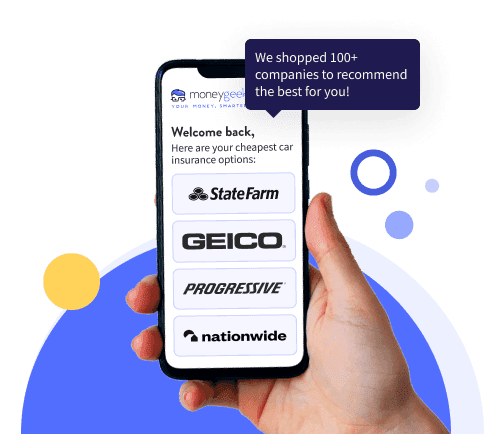Car insurance is a contract between you and the insurance company. You pay a monthly or yearly premium, and your insurer agrees to pay for losses from covered accidents when you file a claim. This contract, called a policy, spells out exactly what's covered and what isn't, how much the insurance company will pay and what you're responsible for paying.
The right coverage depends on your needs as a driver. Your policy may cover vehicle damage, medical expenses and property damage for you or others.











